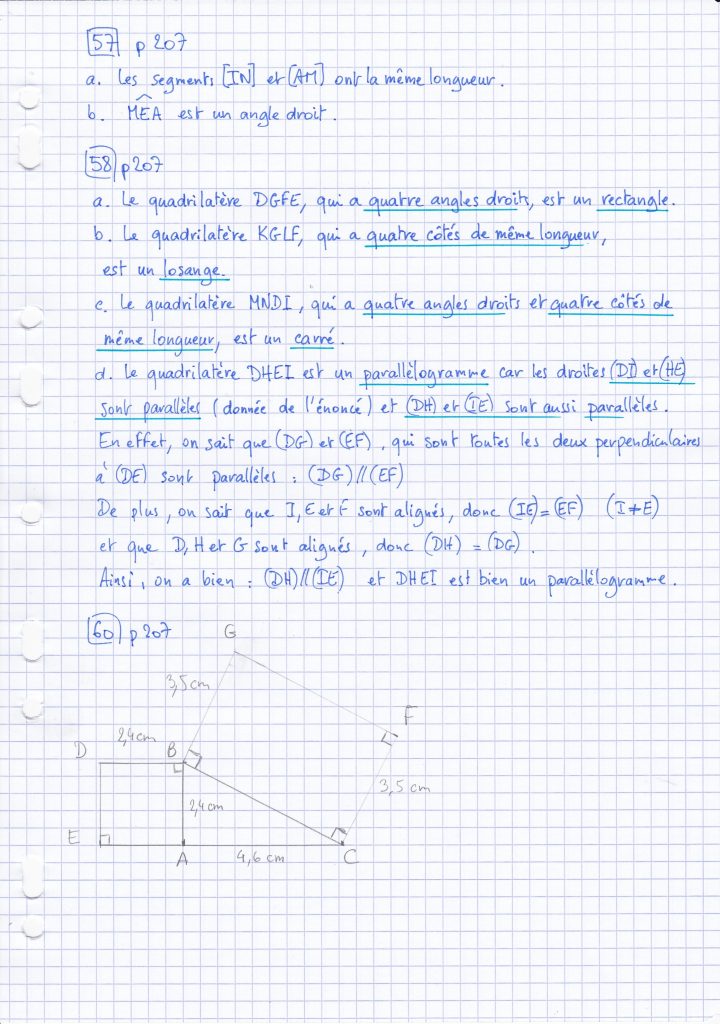Mon objectif : que les élèves qui se connectent à la classe virtuelle avec un smartphone puissent lire (en utilisant si nécessaire le zoom) un document posé sur mon bureau ou un tableau filmé avec un smartphone.
- Il vous faut un support de bureau pour votre smartphone (tout bricolage maison pouvant aussi faire l’affaire tant qu’il ne met pas en danger votre matériel ^^) :

2. Installer un serveur rtsp (real time streaming protocol) sur le smartphone, par exemple : https://play.google.com/store/apps/details?id=com.miv.rtspcamera
3. Installer le logiciel VLC puis ouvrir le flux rtsp de votre smartphone.
4. Partager la fenêtre VLC ou votre écran de PC dans la classe virtuelle.
Remarques :
- on peut aussi utiliser une application de conférence entre le smartphone et le pc, puis partager la fenêtre de conférence dans la classe virtuelle.
- on peut utiliser plusieurs cameras : https://www.astuces-pratiques.fr/informatique/lire-plusieurs-videos-simultanement-avec-vlc
- cette méthode fonctionne avec d’autres outils qui proposent le partage d’écran.
- cette méthode s’applique aussi aux échanges culinaires, artistiques, bricolatoires ou ludiques 🙂






